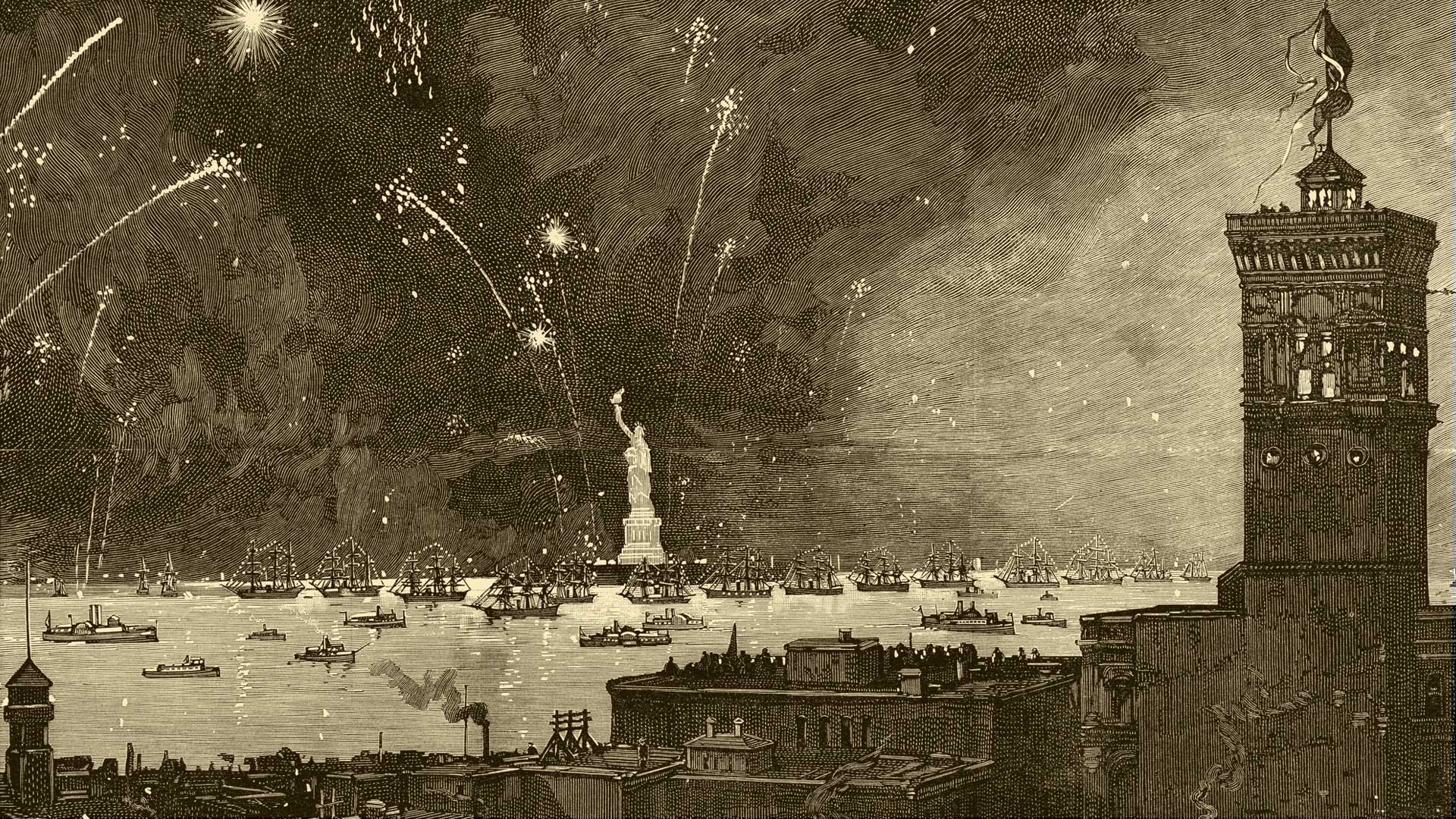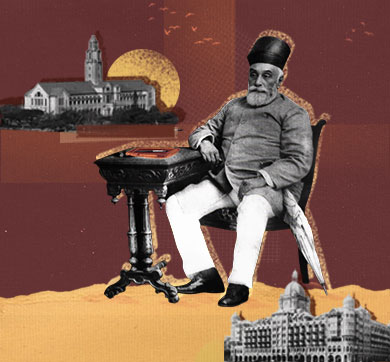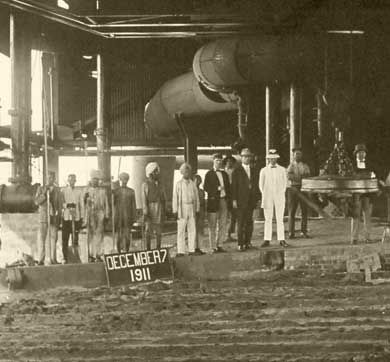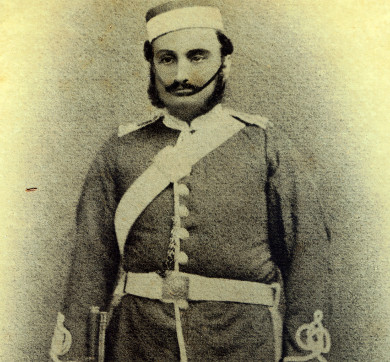Mar 3, 2019 | 979 words | 4-min read
Jamsetji Tata first visited the United States in 1893 when he attended the World’s Columbian Exposition in Chicago, a celebration of technology and industrial progress.
He took a later trip to the United States on September 24, 1902 in pursuit of building relationships and advancing his knowledge of industry. Unbeknownst at the time, these relationships would directly impact what the Tata brand stands for today.
US Senator from Ohio Marcus Hanna greeted Jamsetji upon his arrival and escorted him into the White House in Washington, DC, where they met with President Theodore Roosevelt. He was presented to the President as “Mr Tata, of Bombay, here in this country to study our industries, and who is much impressed by what he has seen.”
Jamsetji found the President asking how much he knew about the game of cricket, and was delighted to learn that the President of the United States was an avid fan and was in fact following the Bombay cricket team. This led to hearty conversation about the sport and the President urged Jamsetji to give his personal regards to the team and to tell them to continue dominating their opponents (specifically the British teams).
Jamsetji Tata came to the United States in search of some of the world’s finest industry minds, and he found them. His search led him through New York, Washington DC, South Carolina, Georgia, Alabama, Tennessee, Illinois, Michigan, Ohio, and Pennsylvania. He found one such mind while in Pennsylvania when he met Julian Kennedy.
Mr Kennedy was one of the world’s foremost metallurgical engineers, and he took great interest in Jamsetji Tata. Jamsetji presented his grand scheme for the development of the iron ore industry in central India. His dream was intended for the benefit of both India and the world of industry. Mr Kennedy advised Jamsetji to put a large amount of resources into the prospecting of ore and raw materials in the area, prior to pursuing the actual establishment of a world-class steel mill. He strongly advised that this factor would be key to India’s success, and that it would require investing huge sums of money into this prospecting. Despite the risk involved in such a significant investment, Jamsetji Tata followed the advice of this knowledgeable businessman. Expenditures were said to involve upward of $12 million. In order to have a better understanding of this amount, a simple adjustment for inflation shows that this would be over $500 million as of today
While in Michigan Jamsetji took great pleasure in examining the World Furniture Centre. An ardent shopper he bought things from markets all over the world to test, compare, and learn about. He specifically refused to even look at items made of mahogany, which he knew a great deal about, but instead purchased items made of maple and other American woods. A local bass hatchery caught his eye and he visited and inspected its workings.
In Cleveland, Ohio, he met Senator Hanna again. This city was, at the time, the largest ore market supplier in the world. Senator Hanna summoned numerous well-known authorities on iron and steel, to include his two brothers HM and LC Hanna, and organized a conference in which India’s future in Industry was discussed for many hours.
While in North Carolina and Georgia, Jamsetji closely examined some of the countries’ most profitable cotton mills. He spent some time in Alabama where his focus was on the immensely rich production of iron, coal, and limestone. Here he met with Mr Erskine Ramsey, another prominent American in the manufacturing of iron and steel. Jamsetji made direct inquiries into the various coking methods, out of desire to find solutions for difficulties he saw factories in India experiencing in their methods.
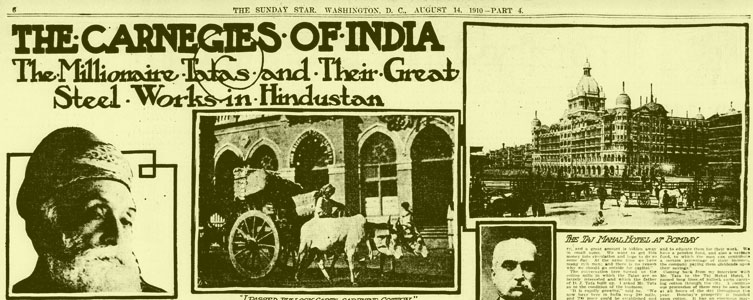
Jamsetji was viewed as somewhat of a celebrity during his travels in the United States, because of the curiosity and exotic gossip that swirled about him as he travelled from one city to the next. Newspapers printed stories and articles which referenced this Indian man with great fulsomeness, to his great annoyance. News sources published stories and details with exuberance and obvious imagination, at times, in their description of him, his purposes, and his background. Jamsetji was fortunate to establish an agent from New York who travelled with him and was responsible for responding to the press. A handful of times Jamsetji was cornered and the press was able to inquire into his travels, ideas, and life. It is said that he responded in good-humor and talked freely about his projects.
By the conclusion of Jamsetji Tata’s time in the United States he had achieved what he sought, and more. Julian Kennedy, along with others, committed to assist and partner in the surveying, building, and implementation of a world-class steel plant in India, ensuring India’s future in the world industry business. A colleague, CM Weld, travelled with Mr Tata upon his return to India and led a thorough investigation into the local conditions for prospecting. Mr Tata’s dedication and focus on the betterment of his own understanding and also of the improvement of industry methods has left an unprecedented mark on his own country as well as the United States through relationships which continued long after his own life. He was said to have been a man of energy and capacity, and that he needed all the energy he had. Anyone who takes the time to look at the investments of Mr Tata, I believe, would whole-heartedly agree with such a statement.
Sources:
- “Story of Tata Steel” –Elwin, Verrier
- “The Unted States and India 1776-1976” –The Embassy of India, Washington DC
- “The Boston Daily Globe” –January 23, 1903
- “The Washington Post” October 13 and 15, 1902
- “The Atlanta Constitution” – November 2 and 30, 1902
- “Iron and Steel in India: A Chapter in the Life of Jamsetji Tata” –Lovat Fraser
- “For the Love of India” –RM Lala
- “The Baltimore Sun” –October 14, 1902
- “The Cleveland Plain Dealer” –November 11, 1902




